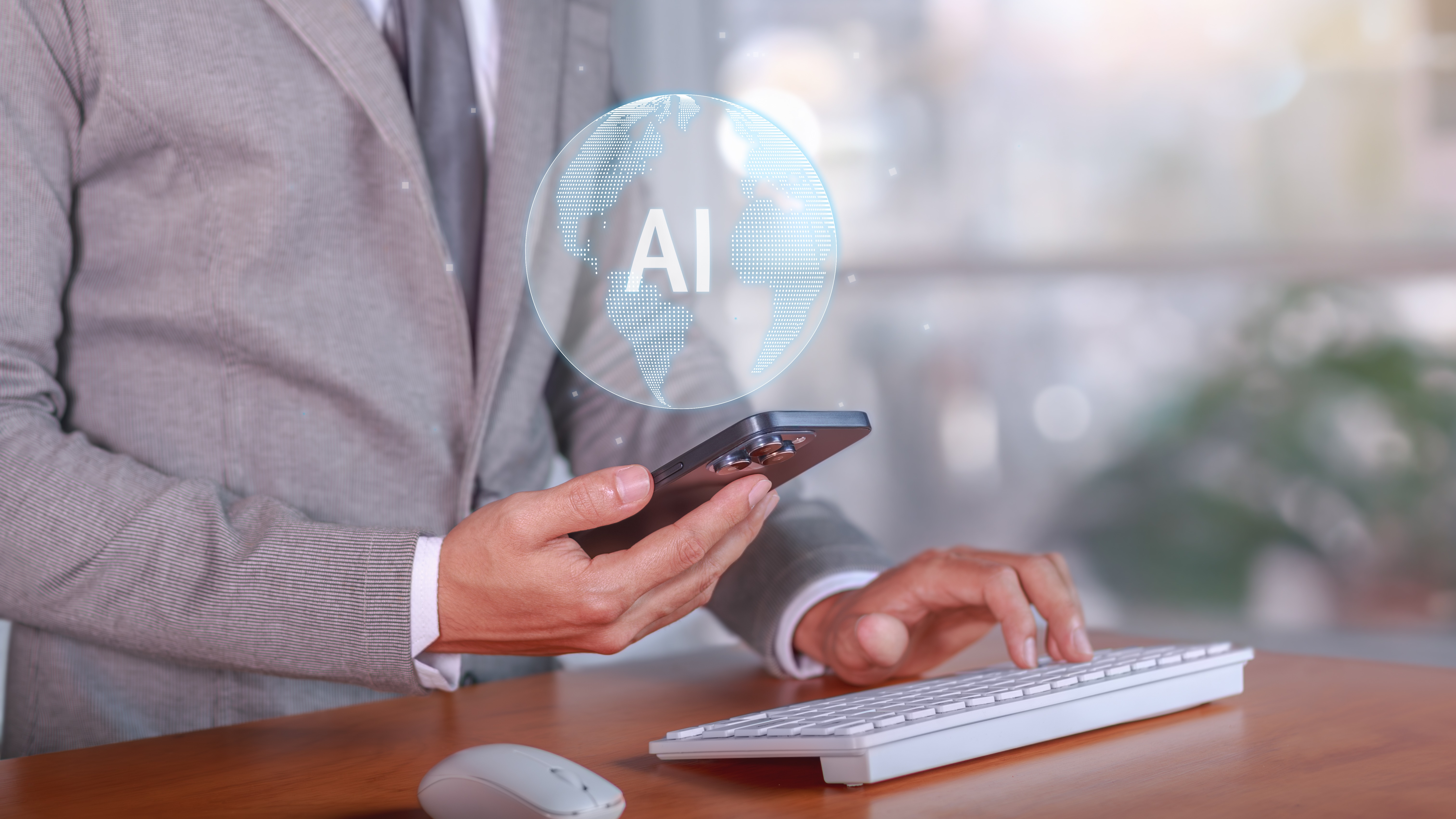
Bridging the AI Readiness Gap: Essential Strategies for Success
The rapid advancement of artificial intelligence (AI) is reshaping workplace dynamics, making it imperative for organizations to cultivate a workforce ready to leverage these powerful tools. However, a recent report reveals a concerning AI readiness gap: while 84% of executives expect regular human-AI collaboration within three years, only 26% of workers feel equipped to engage effectively with AI technologies. This disparity highlights the urgent need for organizations to initiate robust strategies for bridging this gap.
Redesigning Roles for Enhanced Collaboration
First and foremost, it is crucial for organizations to rethink roles and workflows to effectively integrate human and AI collaboration. According to research conducted by Accenture, 95% of executives believe that redesigning roles is essential for optimal AI integration. Companies that modernize their structures can create opportunities where AI enhances human capabilities rather than replacing them, leading to improved productivity and creativity.
Learning Integration in Daily Activities
If organizations intend to succeed in utilizing AI, embedding learning within everyday tasks must be prioritized. Continuous skill development ensures that employees are not just prepared but enthusiastic about new technologies. As reported by Accenture, over 80% of executives assert that effective learning is one that is ingrained within daily activities rather than treated as an isolated task.
Focus on Human-Centric AI Tools
Adopting AI tools that align seamlessly with human workflows should also be a top priority for leaders. Tools designed with user experience in mind promote higher engagement and efficacy. Such an approach ensures that technology acts as a facilitator rather than a barrier to productivity, presenting a proactive stance toward harnessing AI.
Fostering Trust and Accountability
Trust plays an invaluable role in technology adoption. Effective governance and transparency are essential to fostering acceptance among employees. Statistics from the report indicate that nearly three-quarters of employees are more likely to embrace AI when clear governance structures are in place. Organizations must demonstrate strong leadership that aligns accountability with AI initiatives.
Encouraging a Culture of Curiosity
Finally, leaders must advocate for a culture that cultivates curiosity and creativity. Encouraging experimentation will not only help ease the transition to an AI-enabled workplace but also empower employees to explore innovative ways of incorporating AI into their workflows. By establishing environments that embrace learning from both successes and failures, companies can position themselves firmly at the forefront of their industries.
As organizations consider these strategies, they can better prepare both their leaders and workforce for a future where humans and AI thrive together. Adopting a people-centric approach to AI readiness will not only close the existing gap but also pave the way for sustainable growth and a competitive edge.
 Add Row
Add Row  Add
Add 




Write A Comment